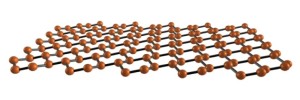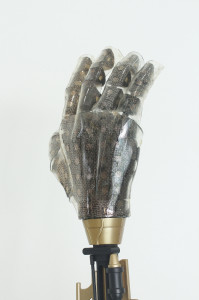The newly developed silicon nanofiber structure allows the battery to be cycled hundreds of times without significant degradation.
Image: Nature Scientific Reports
Electric cars and personal electronics may get the battery boost they need with this new development in lithium-ion batteries.
Researchers from the University of California, Riverside have created silicon nanofibers that are 100 times thinner than human hair, which will provide the potential to boost the amount of energy that can be delivered per unit weight of the batteries.
The research has been detailed in the paper “Towards Scalable Binderless Electrodes: Carbon Coated Silicon Nanofiber Paper via Mg Reduction of Electrospun SiO₂ Nanofibers.”
This from University of California, Riverside:
The nanofibers were produced using a technique known as electrospinning, whereby 20,000 to 40,000 volts are applied between a rotating drum and a nozzle, which emits a solution composed mainly of tetraethyl orthosilicate (TEOS), a chemical compound frequently used in the semiconductor industry. The nanofibers are then exposed to magnesium vapor to produce the sponge-like silicon fiber structure.



